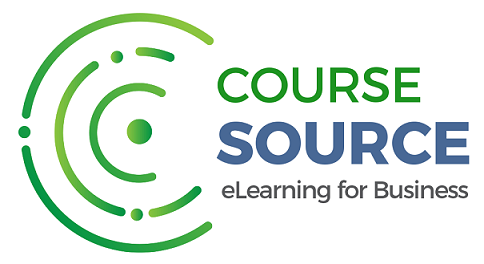Overview
Safeguarding is the responsibility of everyone who works with vulnerable adults and this course explains what is meant by the terms used, how to recognise abuse, how to reduce the risk of abuse, and what to do if you suspect abuse or if abuse is disclosed to you.
Audience
This course is aimed at:
New members of staff in Healthcare Support Worker roles
New members of staff in Adult Social Care Worker roles
Any staff members who provide direct care to patients or individuals needing support
This course will also be useful for:
Staff moving into new roles within their organisation
Refreshing the knowledge of any member of staff
About this course
This course contains nineteen bite-sized modules that use practice-based scenarios, videos and engaging questions to bring the subject to life.
The nineteen modules are:
Explain the term safeguarding adults
Explain your role in safeguarding individuals
List the main types of abuse
Describe what constitutes harm
Why an individual may be vulnerable to harm or abuse
Describe what constitutes restrictive practices
List the possible indicators of abuse
Describe the nature and scope of harm to and abuse of adults at risk
List factors that have featured in adult abuse and neglect
Demonstrate the importance of treating individuals with dignity and respect
Where to get information and advice about your role in preventing harm and abuse
How can care environments promote or undermine dignity and rights
Explain the importance of individualised person centred care
The basic principles of helping people to keep themselves safe
Multi-agency Safeguarding Adults policies and procedures
Reducing the likelihood of abuse
Explain how a clear complaints procedure reduces the likelihood of abuse
Respond to suspected or disclosed abuse
Protect people from harm and abuse - locally and nationally
Each module takes between five and ten minutes to complete; the modules that contain video clips take a little longer.
The knowledge element of standard 10 of the Care Certificate is covered in this course.
Objectives
In this course you will learn:
What is meant by 'Safeguarding Adults'
The definition of a vulnerable adult
How to prevent unintentional abuse
About the main types of abuse
How to recognise the signs of abuse
The definition of harm
What restrictive practices are
Where abuse takes place
About the purpose of serious case reviews
How treating individuals with respect can reduce the risk of abuse
Where to find out more about adult safeguarding
About the importance of person centred care
How to help people to keep themselves safe
About Safeguarding Adults Boards
Why safeguarding policies and procedures are relevant to you
About managing risk
About the importance of clear complaints procedures
What to do if you suspect abuse
What is whistleblowing
How to support and individual who reports abuse
About legislation relating to abuse of adults
Whether and when you can share confidential information
Content
Here are some of the topics covered in this course:
What is Safeguarding Adults?| What is the definition of a 'vulnerable adult'?| How to recognise abuse| How to prevent unintentional abuse| How to report abuse: What are Safeguarding Adults Boards: Managing risk| Helping people to keep themselves safe| The purpose of serious case reviews| The importance of person centred care in reducing abuse.

